The New Territories, Sheezus Christ & Temples
Friday, January 20, 2012
 Hong Kong, China
Hong Kong, China
Hey Hey and a Big G'Day toya,
You would never believe it standing on Nathan Road during rush hour, but eighty percent of Hong Kong is un-spoilt green hills, mountains and tropical forest. That’s a lot of area in which to xscape the urban jungle, and most of it is in the New Territories (San Gai in Cantonese). The New Territories are so called because they were leased to Britain in 1898, almost half a century after Hong Kong Island and four decades after Kowloon were ceded to the crown. The area has seen plenty of urbanisation of its own, with high rise 'New Towns’ like Sha Tin going up to create housing. But there remain numerous traditional villages, fabulous mountain walks and sandy beaches with nary a high rise to be seen, all within an hour or so of Central by public transport.
I only spent a day in the New Territories, but it was an awesome day!
Che Kung Temple
Che Kung was a Song Dynasty general deified for his devotion to the people and his temple in Sha Tin was first founded by the villagers of Tin Sam over one hundred years ago. His memory defended the area from flood and even done its best to help fight plague and in time his temple became the community temple for the whole of Sha Tin. Over the past one hundred years his reputation for granting miraculous good luck has grown steadily and has encouraged many people from outside Sha Tin to worship here, especially during Chinese New Year when every penny counts.
What you see now is a new temple which was built here in 1993, but the old temple has been preserved and can be found behind the new one. The inscriptions on its door pillars proclaim the gods role as defender of the Sha Tin community and like me, when you see the shiny brass windmills in the courtyard, if you turn them they are supposed to give you good luck.
Temple of 10,000 Buddha’s & Hill Side Cemetery
After an easy thirty minute journey to Sha Tin awaits the Ten Thousand Buddha’s Monastery, which is just a short walk from the station. This is undoubtedly the most impressive temple in Hong Kong and the temple is actually underselling itself as in reality it boasts twelve thousand eight hundred miniature Buddha statues and images.
After climbing four hundred stairs you’ll find the temple entrance guarded by a number of gods you wouldn’t like to meet in a back alley. A beautiful red and gold pagoda reaching nine storeys is found at the heart of the temple complex which was built during the 1960s. The main temple hosts thirteen thousand, gold and black Buddha’s, which are all around a foot high and posed in different positions and collectively they impressively fill a domed room nearly thirty feet high. Weekends and festivals see hundreds of locals make pilgrimages to the temple to worship their ancestors but although the place can be claustrophobically packed, the sights and smells of incense and paper being burnt in offerings makes it more than worth it.
Tao Fong/ Fung Shan & Temple of Christ
I actually found the Temple of Christ by mistake, as when I returned to Pai Tau Village for some well needed and rather delicious fried rice I walked past a sign pointing towards the Fung Shan Trail so being the adventurous type of guy I am I figured, why not! Not being a very high mountain I decided to take the winding roadway up to get more exercise and half way up I met a rather cute blonde American girl who was on her way to the Church at the top and as everyone knows, throw the word temple or church in and I’m there. What I didn’t know is that the church was actually a mountain top Lutheran ‘Church cross Retreat’ and not only was it extremely beautiful but much different than I expected. All of Tao Fong Shan’s buildings, including the eight-sided chapel, are built Chinese style ie; pagoda-shaped, with white walls, blue roof beams, and red columns.
Tao Fong Shan was founded in 1929 by Karl Ludvig Reichelt, a Norwegian Lutheran missionary, whose encounter with Buddhism in China ignited what would become a life-long fascination. Moved by Buddhism’s strong ethical base, Reichelt wanted to create a place where Christians and Buddhists might come together to study scriptures and learn from each other. Although Reichelt remained loyal to his Christian theology, believing God had called Buddhists to greater fulfillment in Christianity, his interest in Buddhism for his own sake was genuine, and it profoundly shaped his thinking and life’s work, as demonstrated in everything from Tao Fong Shan’s architecture, to the Buddhist-style chants and vocabulary incorporated into worship services, to the interwoven lotus and cross chosen as Tao Fong Shan’s symbol.
Reichelt’s ideas about Buddhism were more than were radical at the time.
When he bought the land on which Tao Fong Shan was built, Hong Kong’s urban life remained at a considerable distance. The city has since engulfed the mountain, but Tao Fong Shan remains much the same: a restful place for study, reflection, and spiritual dialogue and of particular interest to independent travelers is the hostel, Ascension House which is located on the edge of Tao Fong Shan’s campus.
Initiated twenty years ago by several young Scandinavians in order to provide hospitality to Western backpackers passing through Hong Kong, many of them on spiritual treks to India, Ascension House is more like a home than a hostel. In addition to providing lodging, meals, clothes washing, and internet access for roughly sixteen dollars a night, Ascension House hosts offer regular cookouts, meal time singing, and arrange optional outings to the city every Saturday. This warm atmosphere continues Tao Fong Shan’s aim to facilitate meaningful cross-cultural interaction and spiritual inquiry.
Not being ready to head back to the hotel I thought I’d grab one more site for the day.
Probably better visited during the day, but as time is limited I boarded the metro back to Kowloon and then further to what is known as New Kowloon.
New Kowloon
The southernmost thirty one square kilometers of the New Territories is officially called New Kowloon, since Boundary Street just above Mong Kok technically marks the division between Kowloon and the New Territories. It is full of high rise apartments making it much less frantic than its neighbours a little to the south.
Kowloon Walled City Park
Found at the edge of the now abandoned Kai Tak International Airport is Kowloon Walled City Park. The walls that enclose this attractive park began as the perimeter of a Chinese garrison in the 19th century. Excluded from the 1898 lease of the New Territories, it became a lawless slum that technically remained part of China throughout British rule. The enclave became known for its gangsters, prostitution, gambling and illegal dentists. Density in the city was extremely high with some twenty to thirty alleys occupying less than three hectares with hundreds of through routes found between buildings which made the area confusing even for most residents and only three elevators were found in the entire city.
The British eventually relocated the thirty or so thousand residents, razed the slums and built a park filled with pavilions, ponds and renovated buildings including the Yamen Building which is a scale model of the village in the mid 19th century.
Sik Sik Yuen Wong Tai Sin Temple
This temple is a large and active Taoist temple complex built in 1973 and dedicated to the god worshipped by the sick, those trying to avoid illness and others seeking more material fortune. Just below and to the left of the temple is an arcade of fortune tellers, some of whom speak English.
Beers N Noodles toya…..shane
___________________________________________________________
The soundtrack to this entry was by Seb Fontaine
The album was ‘Prototype 4’
____________________________________________________________
Other Entries

 Hong Kong, China
Hong Kong, China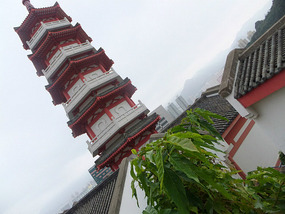
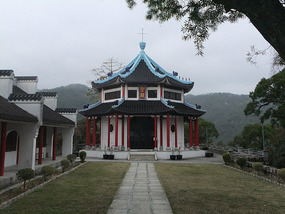


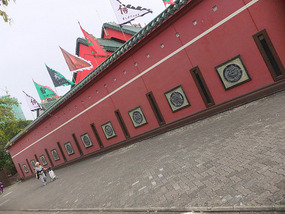
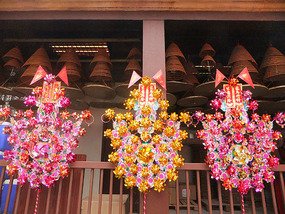
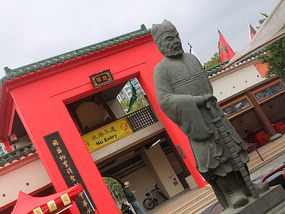
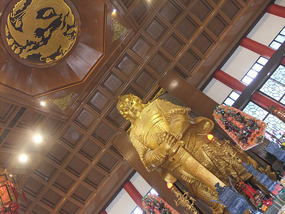

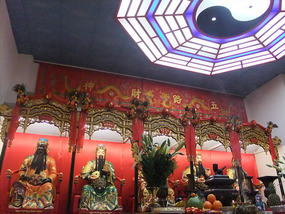
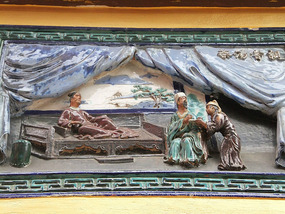
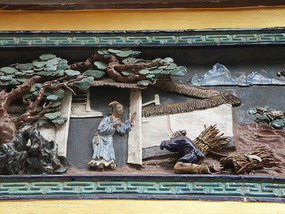
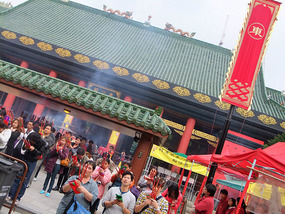
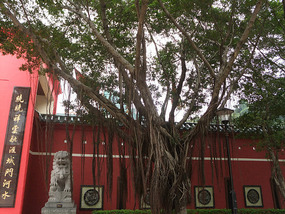
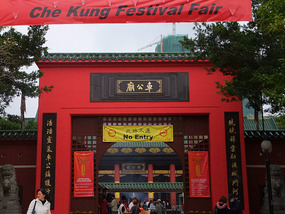

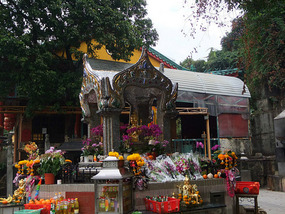
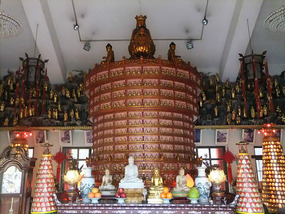
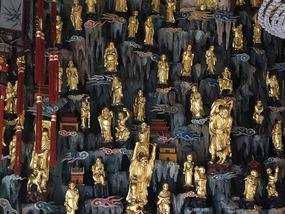
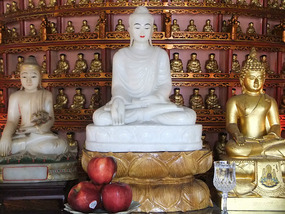
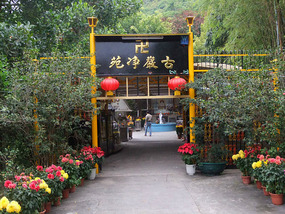
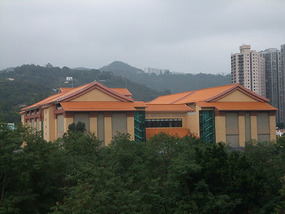
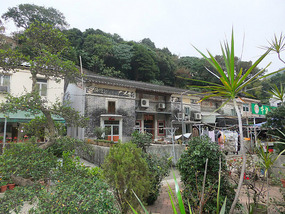
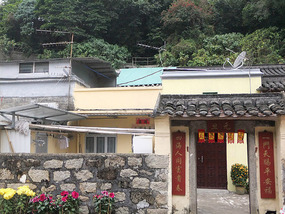
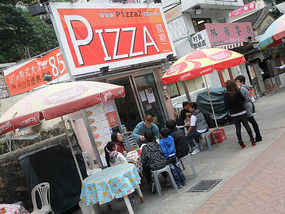
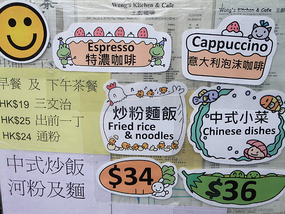
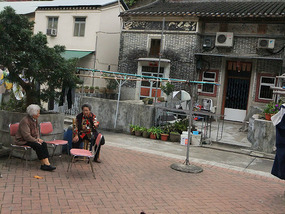
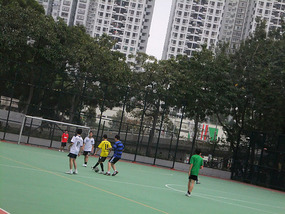
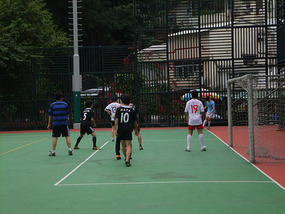
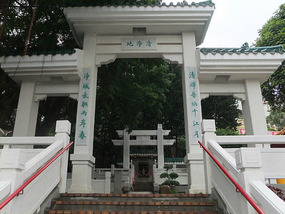

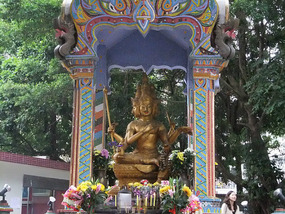
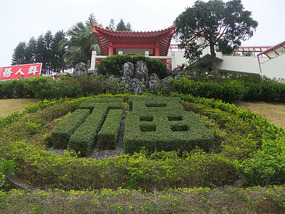
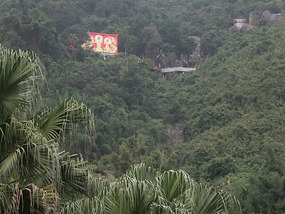

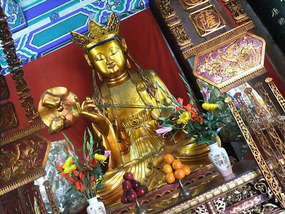

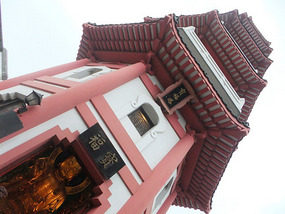
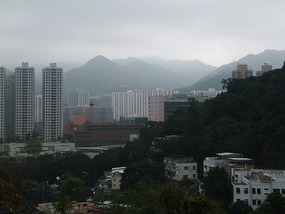
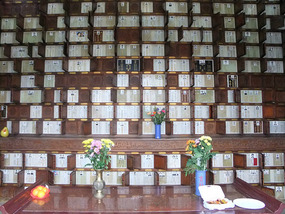
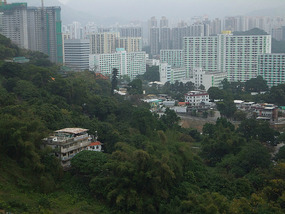
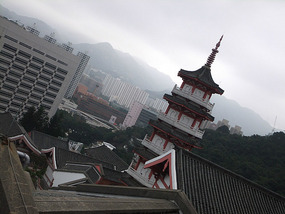
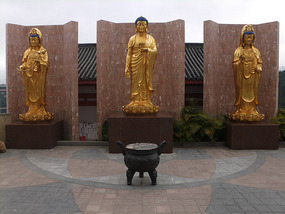
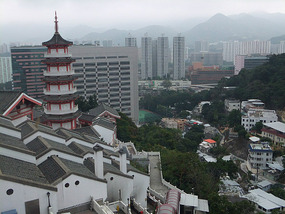
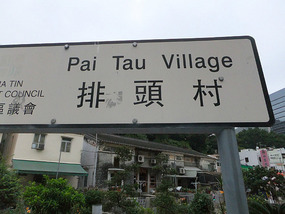
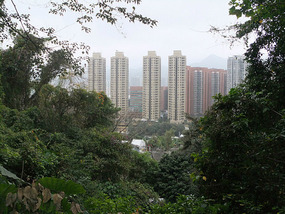
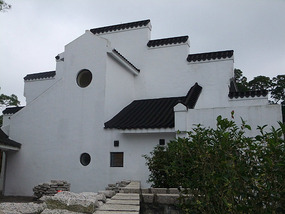
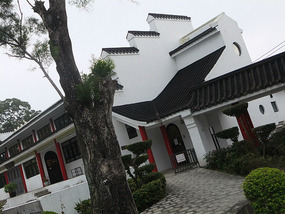
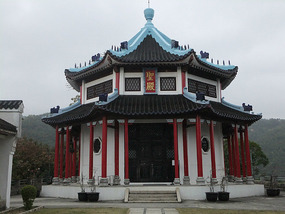

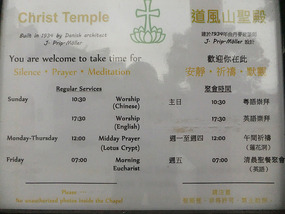
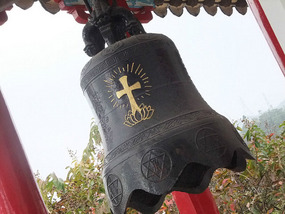
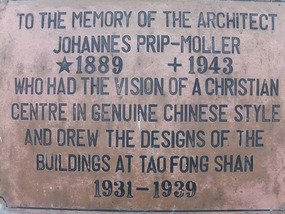
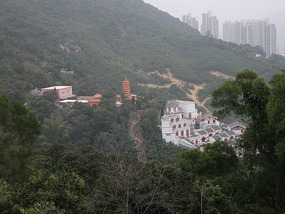
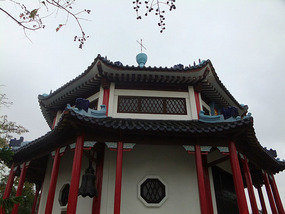
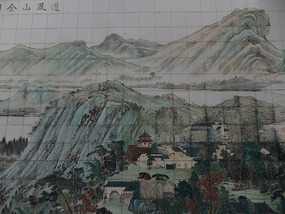
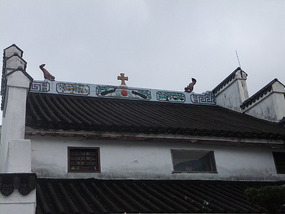
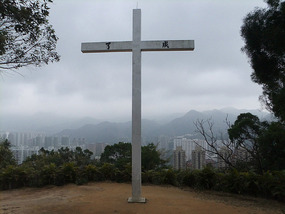
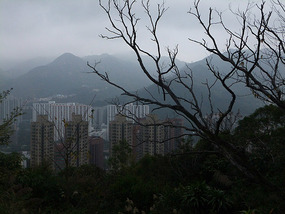
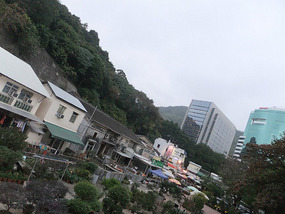

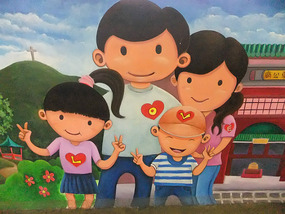


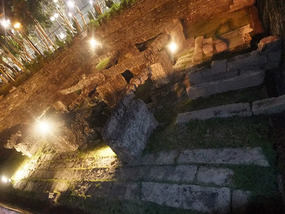
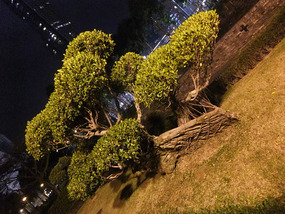
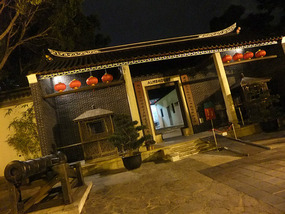
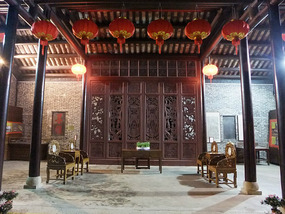
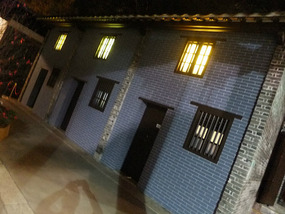
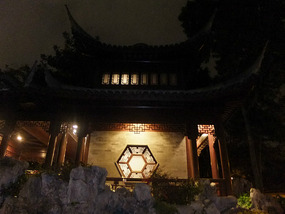
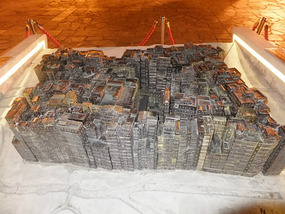
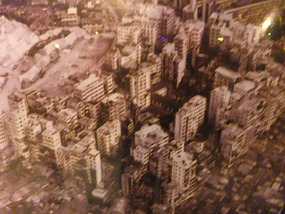
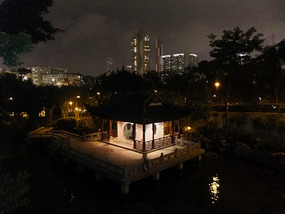
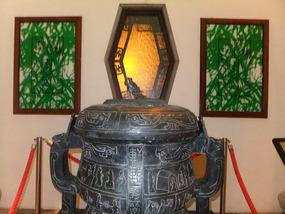
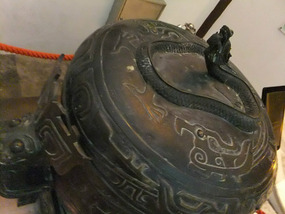
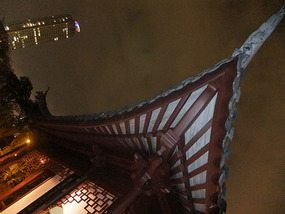
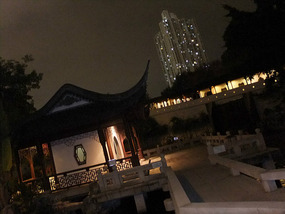
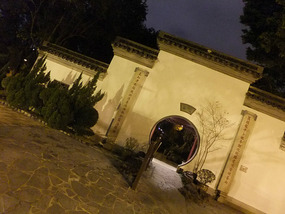
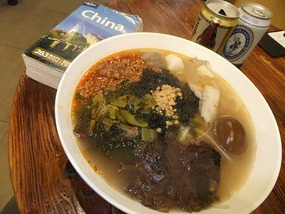


2025-05-22